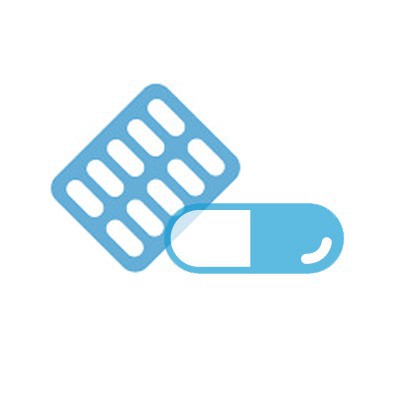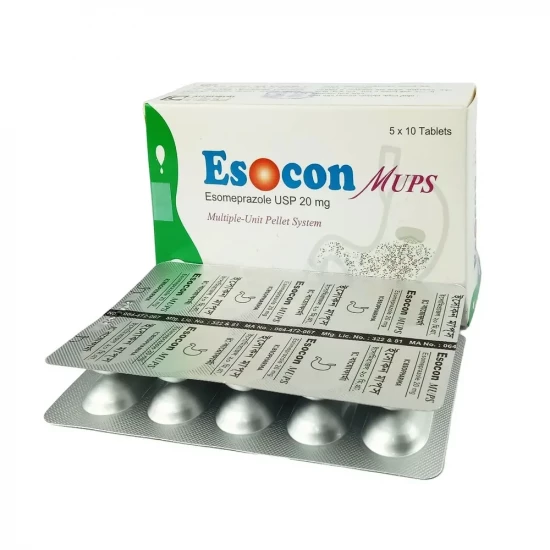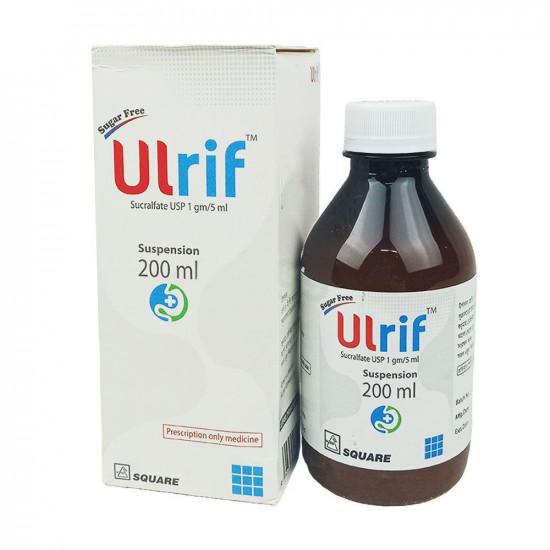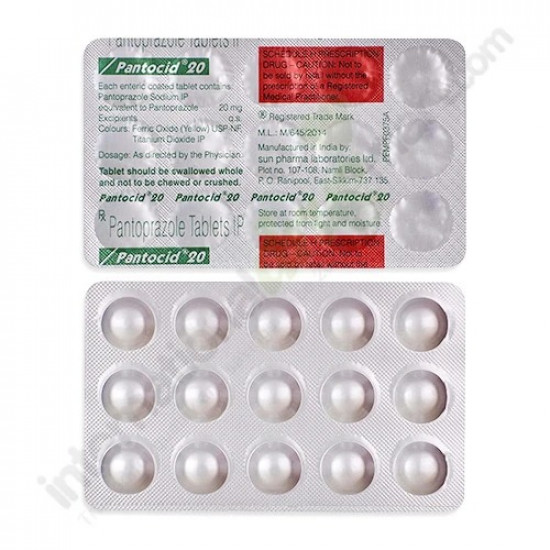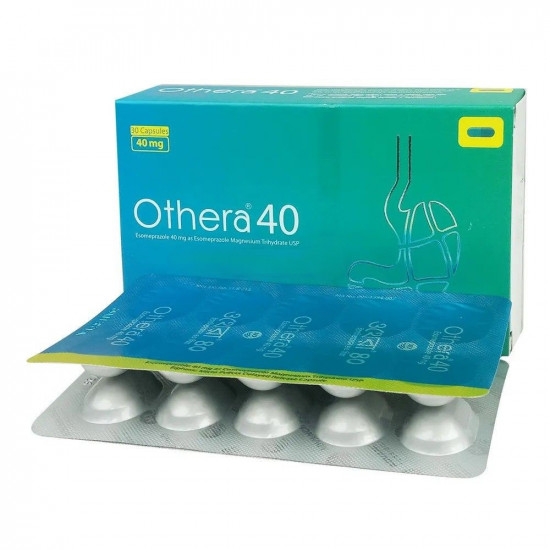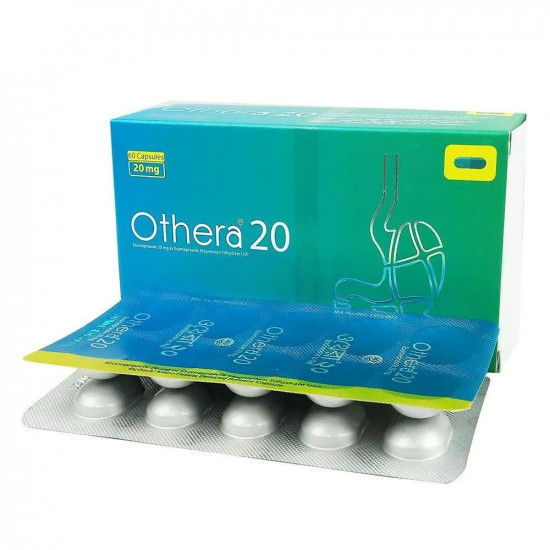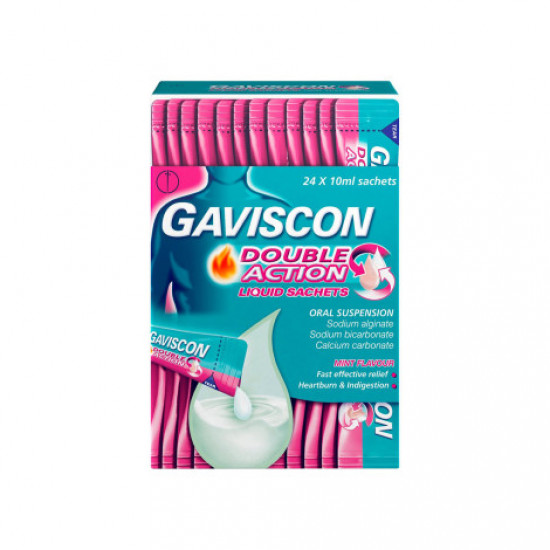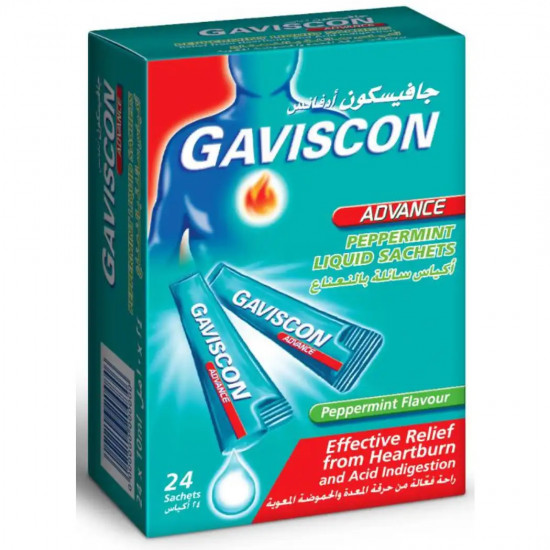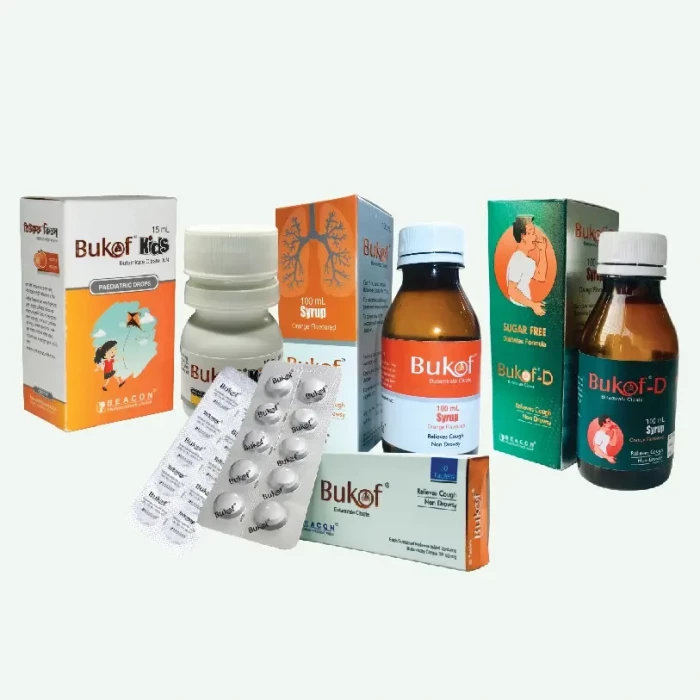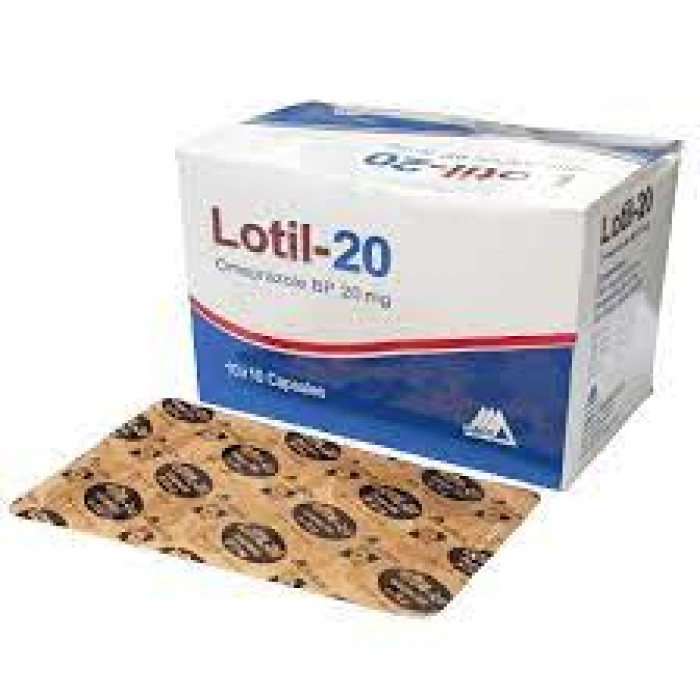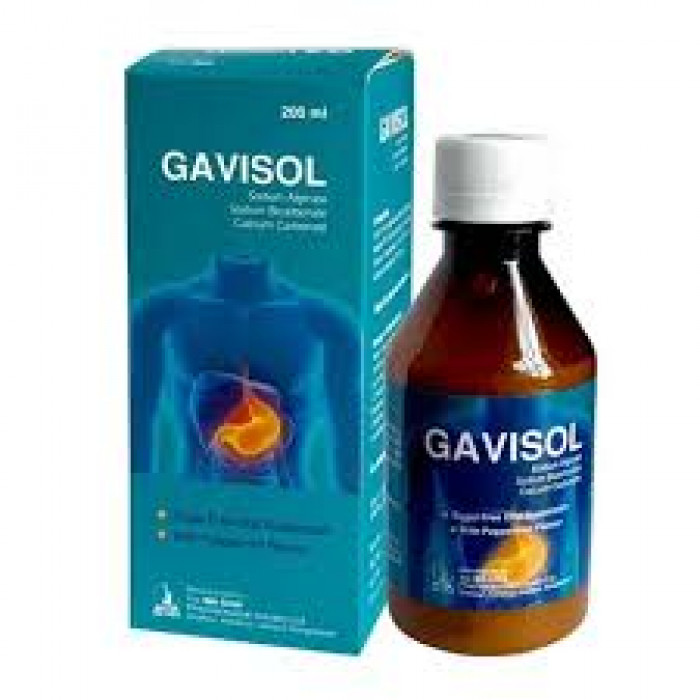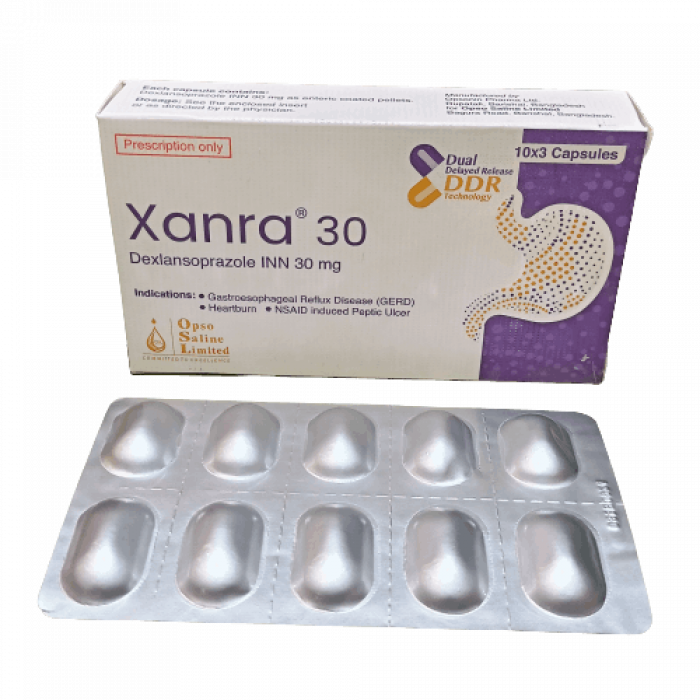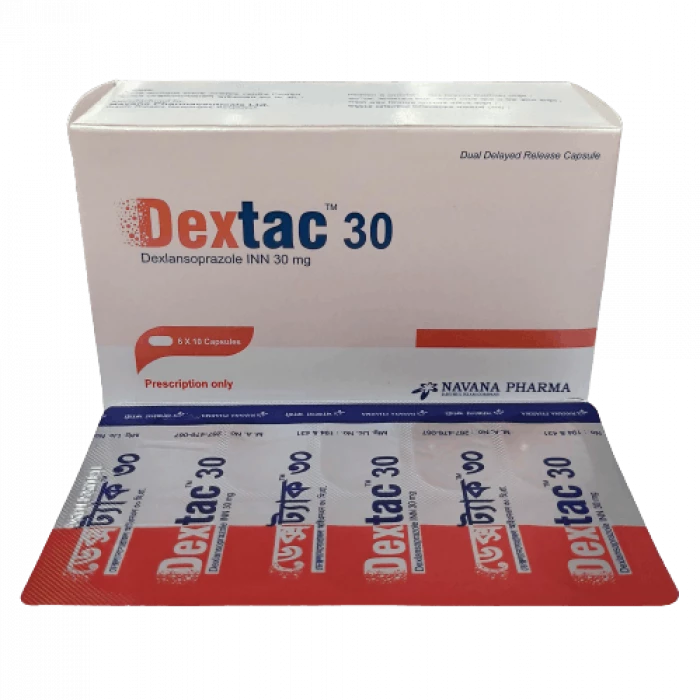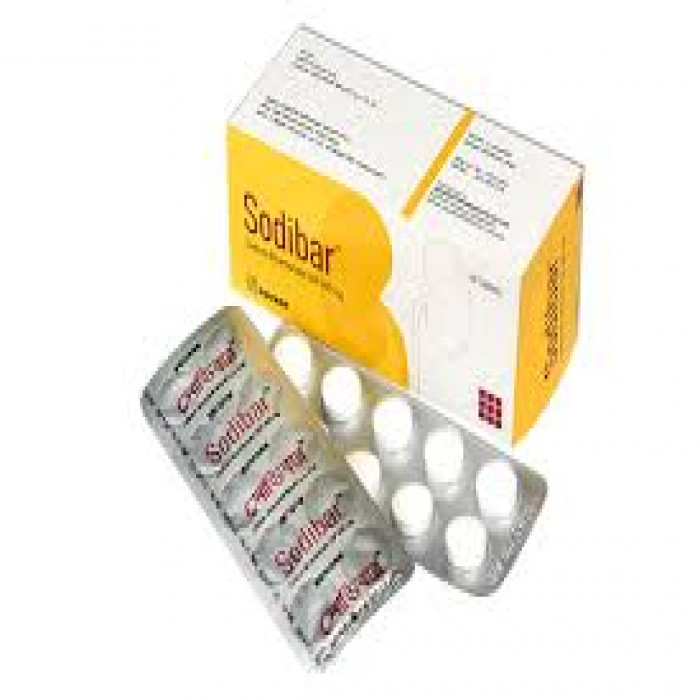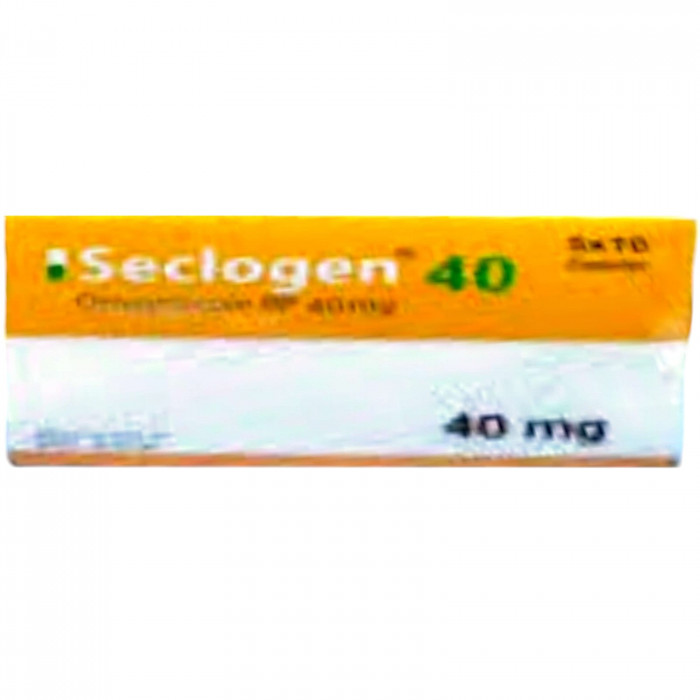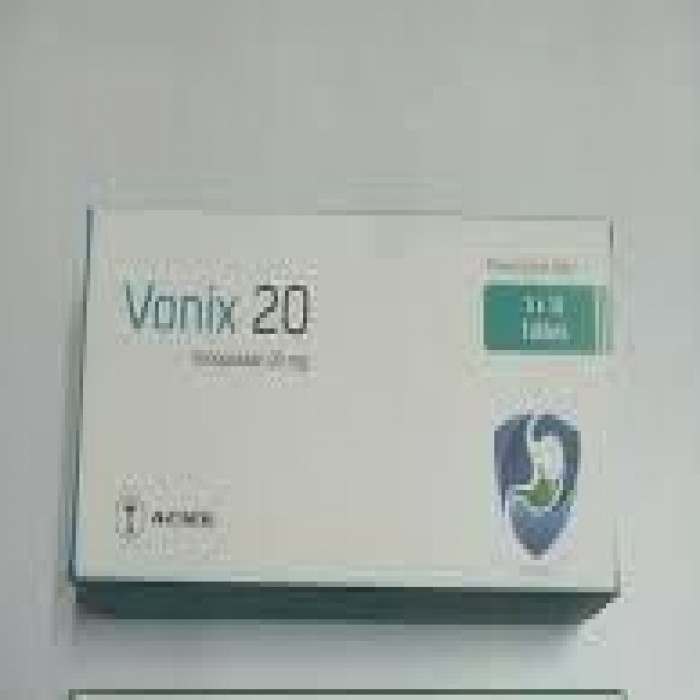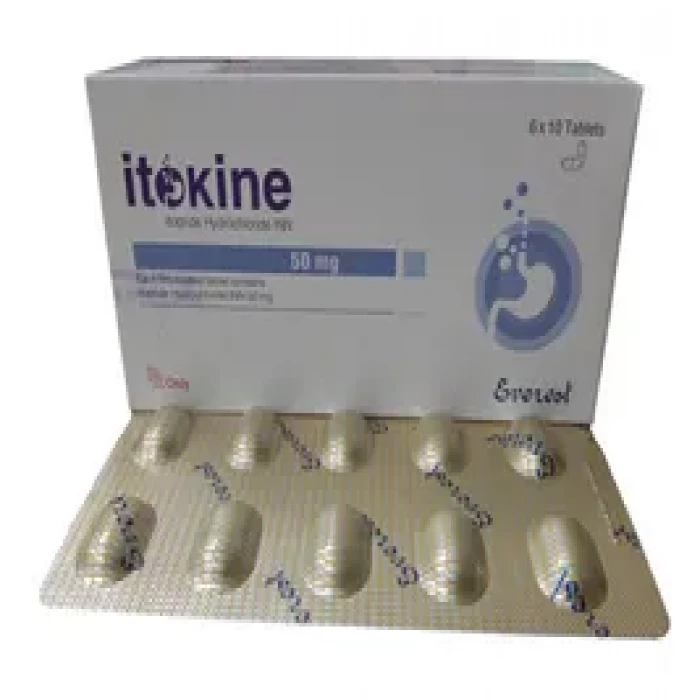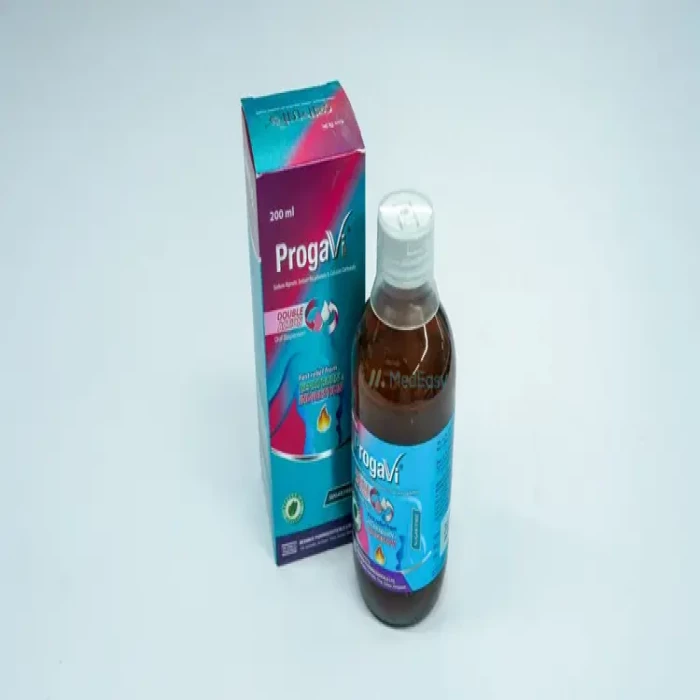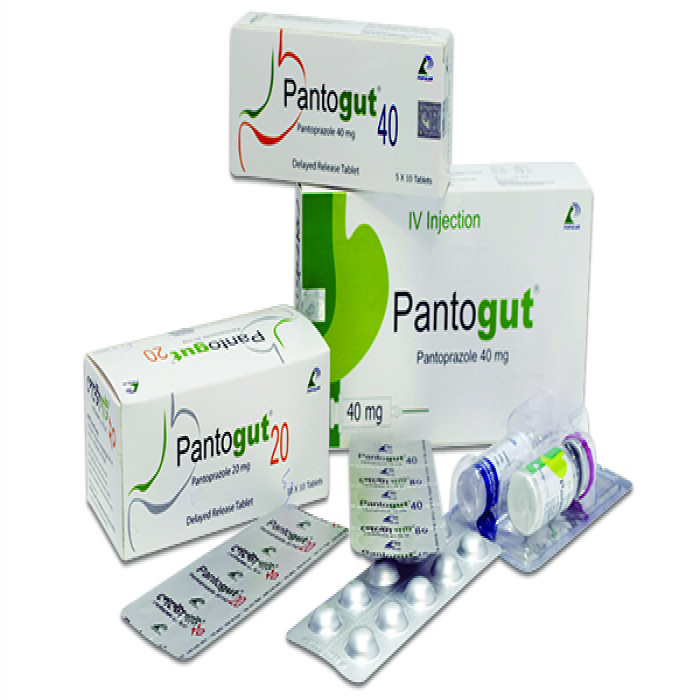
✔ 100% Authentic Product
👁️ Currently Viewing 1136
Generic Name: Esomeprazole 40mg/vial
Company Name: Popular Pharmaceuticals Ltd.
Discount
Price: ৳ 85
MRP:
৳
90
6%
Off

100% Genuine Products, Guaranteed

Safe & Secure Payments, Always

Fast, Secure & Efficient Delivery

Proper Packaging
 Cash on Delivery - All over Bangladesh
Cash on Delivery - All over Bangladesh Regular Delivery - 12-24 Hours, Dhaka City* Charge Tk.39-59
Regular Delivery - 12-24 Hours, Dhaka City* Charge Tk.39-59 Regular Delivery - 24-48 Hours, Other Cities* Charge Tk.99-110
Regular Delivery - 24-48 Hours, Other Cities* Charge Tk.99-110
 ফ্রি ডেলিভারিঃ - ৯৯৯ টাকা+ অর্ডারে, ঢাকা
শহরে
ফ্রি ডেলিভারিঃ - ৯৯৯ টাকা+ অর্ডারে, ঢাকা
শহরে ফ্রি ডেলিভারিঃ - ২৯৯৯ টাকা+ অর্ডারে, ঢাকার
বাহিরে
ফ্রি ডেলিভারিঃ - ২৯৯৯ টাকা+ অর্ডারে, ঢাকার
বাহিরে
100% Genuine Products, Guaranteed
Safe & Secure Payments, Always
Fast, Secure & Efficient Delivery
Proper Packaging
 Cash on Delivery - All over Bangladesh
Cash on Delivery - All over Bangladesh Regular Delivery - 12-24 Hours, Dhaka City* Charge Tk.39-59
Regular Delivery - 12-24 Hours, Dhaka City* Charge Tk.39-59 Regular Delivery - 24-48 Hours, Other Cities* Charge Tk.99-110
Regular Delivery - 24-48 Hours, Other Cities* Charge Tk.99-110 ফ্রি ডেলিভারিঃ - ৯৯৯ টাকা+ অর্ডারে, ঢাকা
শহরে
ফ্রি ডেলিভারিঃ - ৯৯৯ টাকা+ অর্ডারে, ঢাকা
শহরে ফ্রি ডেলিভারিঃ - ২৯৯৯ টাকা+ অর্ডারে, ঢাকার
বাহিরে
ফ্রি ডেলিভারিঃ - ২৯৯৯ টাকা+ অর্ডারে, ঢাকার
বাহিরে
✅ Description:
Indications of Progut - IV 40
Esomeprazole is prescribed for the following conditions:
- To relieve chronic heartburn symptoms and other symptoms associated with GERD
- For the healing of erosive esophagitis
- For maintenance of healing of erosive esophagitis
- In combination with amoxicillin and clarithromycin for eradication of Helicobacter pylori infection in patients with duodenal ulcer disease.
- Zollinger-Ellison Syndrome
- Acid related Dyspepsia
- Duodenal & Gastric ulcer
Pharmacology
Esomeprazole is a proton pump inhibitor that inhibits stomach acid production by inhibiting the H+/K+-ATPase in the gastric parietal cell specifically. Esomeprazole (S-isomer of omeprazole) is the first proton pump inhibitor with a single optical isomer that provides superior acid control than racemic proton pump inhibitors.
Esomeprazole capsules include an enteric-coated pellet formulation of esomeprazole magnesium for absorption. Peak plasma levels (Cmax) occur around 1.5 hours after oral dosing (Tmax). When the dosage is increased, the Cmax increases proportionately, and the area under the plasma concentration-time curve (AUC) increases thrice from 20 to 40 mg. The systemic bioavailability is around 90% with repeated once-daily dosage, compared to 64% after a single dose. When compared to fasting circumstances, the AUC following a single dosage of esomeprazole is reduced by 33-53 percent after food ingestion. Take esomeprazole at least one hour before meals.
Esomeprazole is linked to plasma proteins in 97 percent of cases. Over a concentration range of 2 20 mmol/L, plasma protein binding is constant. In healthy individuals, the apparent volume of distribution at a steady state is around 16 L.
Metabolism: The cytochrome P450 (CYP) enzyme system extensively metabolizes esomeprazole in the liver. Esomeprazole metabolites have no anti-secretory action. The CYP2C19 isoenzyme, which produces the hydroxy and desmethyl metabolites, is responsible for the majority of esomeprazole metabolism. The remainder is dependent on CYP3A4, which produces the sulphone metabolite.
Esomeprazole's plasma elimination half-life is approximately 1–1.5 hours. In the urine, less than 1% of the parent's medication is eliminated. Approximately 80% of an oral dosage of esomeprazole is eliminated in the urine as inactive metabolites, with the remaining detected in the feces as inactive metabolites.
Antimicrobial Conjunction Therapy: Esomeprazole magnesium 40 mg once daily is administered for 7 days in combination with clarithromycin 500 mg twice daily and amoxicillin 1000 mg twice daily. When compared to treatment with Esomeprazole alone, the mean steady-state AUC and Cmax of Esomeprazole rose by 70% and 18%, respectively, during triple combination therapy. The pharmacokinetic characteristics of clarithromycin and amoxicillin are comparable during triple combination treatment and when each medication is administered alone. However, as compared to treatment with clarithromycin alone, the mean AUC and Cmax for 14-hydroxy clarithromycin are raised by 19% and 22%, respectively, during triple combination therapy. This rise in 14-hydroxy clarithromycin exposure is not thought to be clinically meaningful.
Dosage
Healing of Erosive Esophagitis: 20 mg or 40 mg Once Daily for 4-8 Weeks. The majority of patients are healed within 4 to 8 weeks. For patients who don't heal after 4-8 weeks, an additional 4-8 weeks of treatment may be considered. Maintenance of Healing of Erosive
Esophagitis: 20 mg Once Daily (Clinical studies did not extend 6 months).
Symptomatic GERD: 20 mg Once Daily for 4 Weeks. If symptoms do not resolve completely after 4 weeks, an additional 4 weeks of treatment may be considered.
Helicobacter Pylori eradication: Triple Therapy to reduce the risk of Duodenal Ulcer recurrence-Esomeprazole 40 mg Once Daily for 10 days, Amoxicillin 1000 mg Twice Daily for 10 days, Clarithromycin 500 mg Twice Daily for 10 days.
Zollinger-Ellison Syndrome: The dose is 20-80 mg once daily. The dosage should be adjusted individually and treatment continued as long as clinically indicated.
Acid-related Dyspepsia: 20-40 mg once daily for 2-4 weeks according to the response.
Duodenal ulcer: 20 mg once daily for 2-4 weeks. Gastric ulcer: 20-40 mg once daily for 4-8 weeks.
Injection: The recommended adult dose is 40 mg of Esomeprazole given once daily by intravenous injection (not less than 3 minutes) or intravenous infusion (10 to 30 minutes). Esomeprazole IV injection should not be administered concomitantly with any other medications through the same intravenous site. Treatment with Esomeprazole IV injection should be discontinued as soon as the patient is able to resume treatment with Esomeprazole delayed-release capsules. Safety and effectiveness in pediatric patients have not been established.
Administration
Esomeprazole tablet or capsule: should be swallowed whole and taken one hour before a meal.
Direction for use of Delayed-Release Oral Suspension: Whole contents of the packet should be taken into a small glass containing 15 ml. of water. The mixer should be stirred well and leave 2 to 3 minutes to thicken. Stir again and drink within 30 minutes. If any medicine remains after drinking, add more water, stir, and drink immediately. If the suspension is to be administered through a nasogastric or gastric tube, the volume of water in the syringe should be 15 ml. & immediately shake the syringe and leave 2 to 3 minutes to thicken. Shake the syringe and inject it through the nasogastric or gastric tube into the stomach within 30 minutes. An appropriately sized syringe should be used. Shake and flush any remaining contents from the nasogastric or gastric tube into the stomach.
Esomeprazole IV Injection: Esomeprazole IV should be given as a slow intravenous injection. The solution for IV injection is obtained by adding to the vial 5 ml of the solvent (WFI) provided. After reconstitution, the injection should be given slowly over a period of at least 3 minutes. The solution should be used within 12 hours of reconstitution when stored at room temperature up to 30°C. No refrigeration is required. The reconstituted solution should not be used if it contains visible particulate.
Interaction of Progut - IV 40
CYP2C19 and CYP3A4 substantially metabolize esomeprazole in the liver. Esomeprazole is unlikely to inhibit CYPs 1A2, 2A6, 2C9, 2D6, 2E1, and 3A4, according to in vitro and in vivo investigations. There should be no clinically significant interactions with medicines processed by these CYP enzymes. Esomeprazole has no clinically significant interactions with phenytoin, warfarin, quinidine, clarithromycin, or amoxicillin, according to drug interaction studies.
Esomeprazole may interact with the main Esomeprazole metabolizing enzyme, CYP2C19. Co-administration of Esomeprazole 30 mg with diazepam, a CYP2C19 substrate, resulted in a 45 percent reduction in diazepam clearance. Increased diazepam plasma levels have been reported 12 hours after treatment and beyond. Esomeprazole works by inhibiting stomach acid output. As a result, Esomeprazole may impair medication absorption in cases where stomach pH is a key driver of bioavailability (e.g., ketoconazole, iron salts, and digoxin).
Co-administration of oral contraceptives, diazepam, phenytoin, or quinidine does not appear to alter Esomeprazole's pharmacokinetic profile.
Combination Therapy with Clarithromycin: Co-administration of esomeprazole, clarithromycin, and amoxicillin has resulted in increases in esomeprazole and 14-hydroxy clarithromycin plasma levels.
Contraindications
Esomeprazole is not recommended for those who have a history of hypersensitivity to any of the formulations.
Side Effects of Progut - IV 40
The most common side effects associated with Esomeprazole include headache, diarrhea, nausea, flatulence, stomach discomfort, constipation, and dry mouth. There is no difference in the types of associated adverse events seen after maintenance treatment for up to 12 months vs short-term treatment.
Pregnancy & Lactation
In pregnant women, there are no appropriate and well-controlled trials. Teratogenic effects have not been discovered in animal investigations. Esomeprazole excretion in milk has not been examined. If the use of esomeprazole is deemed necessary, breastfeeding should be stopped.
Precautions & Warnings
In general, symptomatic response to esomeprazole treatment does not rule out the presence of stomach cancer.
Esomeprazole pills should be taken at least one hour before meals, according to the manufacturer's instructions. For patients who have trouble swallowing capsules, put one spoonful of applesauce in an empty bowl, open the Esomeprazole capsules, and carefully pour the pellets within the capsule into the applesauce. The pellets should be combined with the applesauce and quickly eaten. The applesauce used should be cold and mushy enough to be eaten without chewing. It is not recommended that the pellets be eaten or crushed. The pellet/applesauce combination should not be kept in the refrigerator for later usage. While using esomeprazole, you may use antacids.
Storage Conditions
Store in a dry location at a temperature not exceeding 30°C. Keep out of direct sunlight and dampness. Keep out of children's reach.
⚠️Disclaimer:
At ePharma, we’re committed to providing accurate and accessible health information. However, all content is intended for informational purposes only and should not replace medical advice from a qualified physician. Please consult your healthcare provider for personalized guidance. We aim to support, not substitute, the doctor-patient relationship.





